Era enlightened absolutism in Russia is associated with the name of Catherine II. This empress tried her best to reform the state according to liberal ideas, fashionable in the second half of the 18th century. Due to the Pugachev uprising and events in France, these transformations were curtailed.
Personality of Catherine II
Ekaterina Alekseevna by origin was German Sophia Augusta. She did not belong to the royal Romanov dynasty, but was the daughter of a German prince. In her youth, she married the future Russian emperor Peter III and only then moved to St. Petersburg.
Enlightened absolutism of Catherine 2 had precisely European roots associated with her origin. She received a modern Western education. Her tastes and interests were much freer than that of the St. Petersburg conservative aristocracy. At the same time, Sophia Augusta perfectly merged with the environment in which she had to live according to her new status. She converted to Orthodoxy (in baptism she received the name of Ekaterina Alekseevna), and she also perfectly learned the Russian language.
Formally, the heir’s wife did not have any rights to power. But this did not prevent Catherine from being ambitious and possessing a state mentality. Her ideology of enlightened absolutism was formed precisely in youth, when she had not yet occupied the throne.
In 1761, Empress Elizaveta Petrovna died, and power passed to Peter III - the husband of Catherine. This man did not at all correspond to his high-profile title. He was frail and cowardly. At this time, Russia triumphantly waged the Seven Years War against Prussia. Peter was also a German by birth and concluded an unexpected peace treaty with the Prussian king, giving him Berlin and all the conquered lands.
This, to put it mildly, unpatriotic act led to a riot of the guard. The very next, in 1762, a coup d'etat took place. The army chose Catherine II, who, after receiving the crown, did not stand on ceremony with her husband.
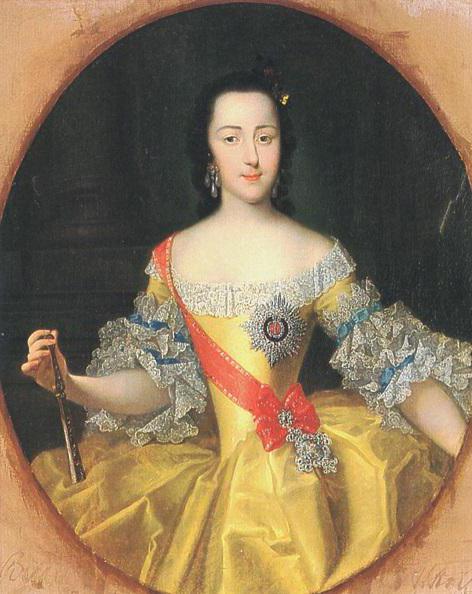
Principles of Enlightened Absolutism
Unlike other Russian crown-bearers, Catherine, having come to power, already had a clear political program for transforming the country. These were the ideas of enlightened absolutism, which she secured from the books of the great thinkers of that era - Voltaire, Montesquieu, etc. These French philosophers in their published works called for changing society in an evolutionary way, without upheavals and revolutions.
The policy of enlightened absolutism presupposed the introduction of new modern legislation that would take into account the interests of all members of society. That is why Voltaire believed that the changes should have come from above. Only the state could, on its own initiative, ensure universal happiness in the country.
Reliance on the law as the main measure of all things was also not accidental. The accepted norms were supposed to regulate all spheres of life. Then, theoretically, the state turned into a perfectly working machine, in which all mechanisms were honed. Enlightened absolutism in Russia could endow all members of society with privileges and rights. They depended on the person belonging to a particular estate. Both peasants and nobles were protected by law from infringement of their rights.

The combination of conservatism and liberalism
Thanks to her education, reading circle and correspondence with French thinkers, Catherine II was well aware of what needs to be done to improve life in Russia.The country that she inherited after the palace coup was radically different from the utopian picture of a free state. Serfdom reigned here, a huge abyss gaped between the estates, and the peasantry was completely illiterate.
There is no doubt that Catherine wanted to change the country. However, finding herself on the throne, she was in no hurry to implement the reforms. Over the years of her life in Russia, the empress realized that dramatic changes only lead to trouble and unrest. The monarch could not infringe on the rights of the nobility - the main pillar of the state and the system.
From the successors Catherine went absolute monarchy, in which the word of the autocrat was law. The Empress skillfully used all her abilities. This combination of conservatism and its liberal ideas was called enlightened absolutism.
Stated Commission
In 1767, the enlightened absolutism of Catherine 2 brought its first tangible results. The Empress convened the Stored Commission. So in Russia it was called the meeting of lawyers and officials, which examined the legislation of the state. The practice of convening commissions took shape in the 18th century and existed even before Catherine.
As a rule, such temporarily operating authorities systematized and revised laws. Even at the end of the 18th century, Russia continued to live according to the obsolete Council Code of 1649, adopted by the reign of Tsar Alexei Mikhailovich, the father of Peter the Great. This code, in particular, consolidated serfdom in the country. In the age of enlightened absolutism, such norms were already hopelessly outdated. They did not allow the development of the state economy and legal consciousness of citizens.
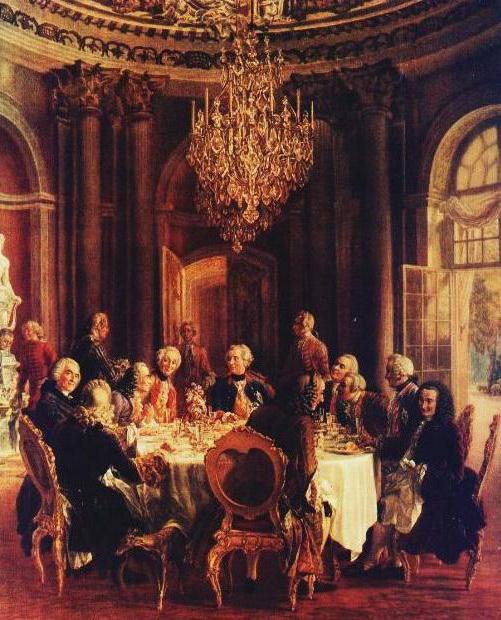
Catherine's order
Catherine II did not directly participate in the work of the Stated Commission convened by her. Nevertheless, the policy of the empress's enlightened absolutism affected the decisions taken at those important meetings. Even on the eve of the convocation of the commission, Catherine drew up the so-called Punishment. This document collected all the instructions of the empress, which related to the upcoming codification and reformatting of legislation.
Catherine wrote and edited the Order for two years. The first version of the document was in French. This indicates that the direct source of his inspiration was the work of French philosophers who propagandized enlightened absolutism in Europe.
In the final edition, Nakaz received 20 chapters and more than 500 articles relating to government. It was not even a clerical document, but a philosophical work. If it were fully implemented in the new legislation, enlightened absolutism in Russia would become not a theory, but an everyday reality.
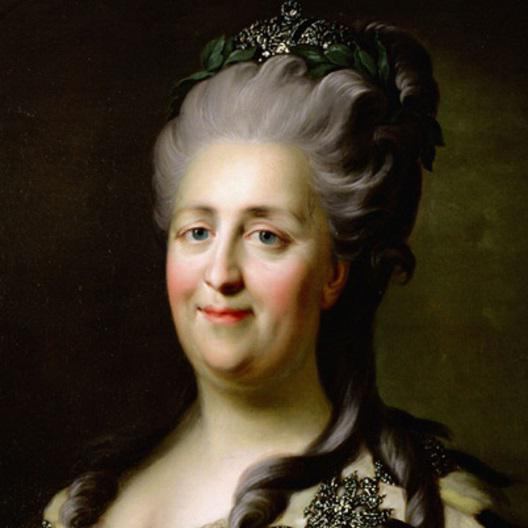
The basis of government
In the introduction of the Order, Catherine directly addressed officials who worked in the Stated Commission. The empress argued that the new laws should take into account the interests of all the inhabitants of the country, thus ensuring universal prosperity. Catherine as an illustrative example appealed to Christianity. She believed that the gospel and the New Testament had already given sketches of an ideal society that could be built on earth with the help of fair laws.
Thus, in her opening remarks, Catherine demonstrated what the idea of enlightened absolutism is. But these were general words about the desired result. In subsequent chapters of the Order, the empress proposed concrete solutions.
At the beginning of the main part of the document, she recorded the most fundamental and important principles of public administration, which should have remained unshakable in any circumstances. First of all, the monumentality of the autocratic power was emphasized.
The only ruler in Russia was the monarch. No other state institution or body could claim supremacy in the country.In addition, no one could challenge the decisions of the emperor or empress.
At the same time, Russia was proclaimed a European power. Catherine wanted to emphasize the connection of her country with its western neighbors, from whom she received her political system. In other words, the reforms of enlightened absolutism should have become something similar to the baptism of Russia by Vladimir Svyatoslavovich, when at the religious and ideological level our country became an integral part of European civilization.
The monarch could not rule alone. He was supposed to be assisted by various state institutions, the main of which Catherine considered the Senate. This body, together with the colleges, could propose solutions for the reform of legislation that has become obsolete or harmful to the country's inhabitants. In the era of palace coups, the importance of the Senate was reduced to zero. Now the new empress revived this institution.
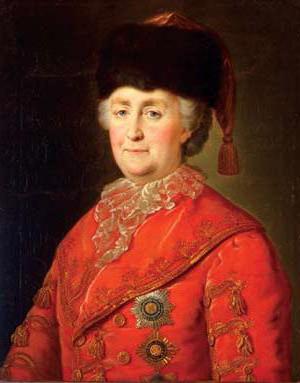
Civil liberties
For Catherine, the concept of liberty was limited by law. That is, a citizen could do whatever he liked within the framework of the space that was given to him by standards adopted at the state level. The empress believed that the state of affairs when the peasant wanted to be equal to the master, etc., could be fatal for Russia.
In her Order, Catherine mentioned the "popular intellect." This term was synonymous with the modern word "mentality." The new Russian laws were to be guided by those norms that were adopted in society among ordinary residents. In other words, they should not contradict the mentality of the peasantry, philistines, etc.
This was the essence of enlightened absolutism. Catherine wanted to modernize the autocracy, to make it more flexible in relation to its own citizens, while not changing the basic norms of the state. When a popular movement was born in Russia many years later, revolutionary students began to “go to the people” - to travel around villages and spread their own proclamations about the need to overthrow the autocracy. The result of such actions, as a rule, was sad. Peoples themselves seized the Volunteers and handed them over to the gendarmes. Such examples well demonstrate the importance of the mentality - what Catherine called "popular reasoning."
Russian estates
According to the Order, the entire Russian population was divided into three classes. The nobility served the state, peasants cultivated land, merchants traded and brought wealth to the country. Such was the picture of Russian society, which was presented to Catherine II.
Of course, the most privileged was the nobility. This order of things was confirmed a little later, when Catherine granted the Letter of Merit, which secured all the rights of the landowners. At the same time, in Nakaz, the empress advised the members of the Legislative Commission to develop laws that would protect peasants from the arbitrariness of their masters. Unfortunately, these were only general words, and when the Pugachev revolt broke out in the Volga region, the idea of the rights of the villagers became a scarecrow and a bugbear for the empress.
The features of enlightened absolutism consisted in the careful attitude of the state to the "third estate". If you look at this term broader than usual, then in its framework you can include not only merchants, but also all those who did not belong to the landowners or peasants. In other words, it was a diverse intelligentsia - writers, artists, scientists, as well as free artisans, craftsmen, etc.
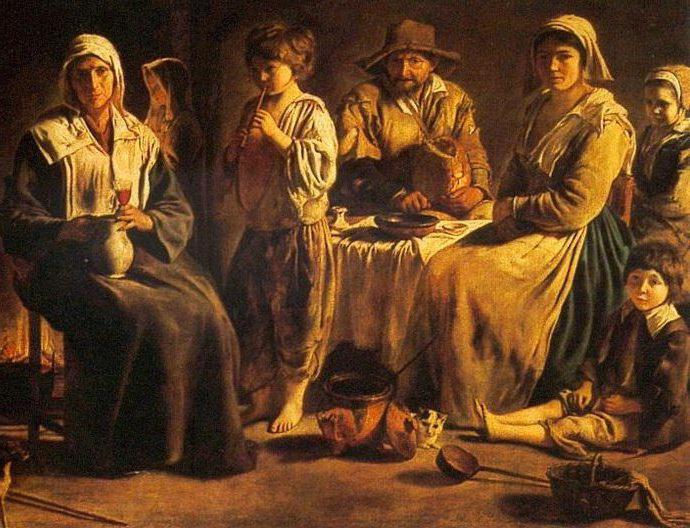
Economic policy
Catherine believed that if all three classes worked hard for the prosperity of the country, then she would quickly become rich. The empress noted that the two pillars of the Russian economy were agriculture and property rights. That is, in the XVIII century, a huge empire was still officially considered an agrarian country, where industry was in second place, and its contribution to overall well-being was small.Time has shown that this view was erroneous.
Enlightened absolutism in Europe then demanded that sovereigns grant freedom to all classes so that they could work for their own benefit, which would eventually result in the economic growth of the entire state. These were the basic principles of capitalism, which at that time existed only in England. But as far back as the 17th century, this country went through a bloody civil war. And only after it in England the principle of freedom of enterprise and civil liberties was enshrined.
Catherine looked at things a little differently. She never granted the final freedom to the peasantry. Without this measure, all its transformations were only decorative. She could not go into conflict with the landowners. It took several more generations for the country to realize the fallacy of its course.
The impetus for this was the failure in the Crimean War, after which in 1861, Alexander II (great-grandson of Catherine) abolished serfdom. But even this reform was not immediate. For many years the peasants had to make redemption payments in order to finally secure their own land.
Court
The last two chapters of Catherine’s Order were related to legal proceedings. Of course, the era of enlightened absolutism could not but affect how advanced society looked at this important aspect of the life of any country. The judiciary was the arbiter between the state and society, and the educated empress understood its fundamental importance.
In one of her theses, she emphasized the importance of the principle of religious freedom in Russia. This norm was to be defended by the court. Catherine in her correspondence mentioned that she considers harmful the baptism of many small peoples of the empire (for example, the indigenous people of Siberia, the Kazakh steppes, etc.).
The constituted commission banned extraordinary and unlawful court hearings. They had to be subject to strict regulations and rules. Another important innovation was the expansion of freedom of speech. Catherine in her Order wrote that any statement in itself is not a crime.
Such a document, written by the monarch himself, did not yet know Russian history. The enlightened absolutism of the empress became a popular ideology among the aristocracy, boyars and generally educated members of society. Hard copy was kept in every government office. This document was appealed during court hearings.
Administrative reform
The laid commission was dissolved in 1768, when the next war was between Russia and Turkey. Then the empress was temporarily distracted from the internal affairs and took up foreign policy. The laid commission was no longer assembled, but its decisions were reflected in many subsequent Catherine’s reforms.
Enlightened absolutism, in short, influenced the changes in administrative management in the empire. In 1775, Catherine conducted a provincial reform. Prior to this, Russia lived according to the internal borders drawn back in the time of Peter I. His successor on the throne increased the number of provinces several times, and also reduced their size. She gave local officials great authority in resolving domestic economic issues.
One of the main problems of Russia throughout its existence was its size. It took weeks to get from the European part of the country to Siberian cities. Therefore, when provincial officials turned to St. Petersburg for advice and instructions, the effectiveness of their work in the field fell significantly.
The next step on this path was the publication of the Charter of letters to the cities in 1785. This important legislative act regulated the rights and status of all residents of large settlements. These were people who had their own real estate in the city. They were also called bourgeois.
Residents of cities received self-government - magistrates.They elected representatives of the philistines and merchants who were solving current economic problems. The appearance of magistrates was a direct consequence of the policy of enlightened absolutism of Catherine II.
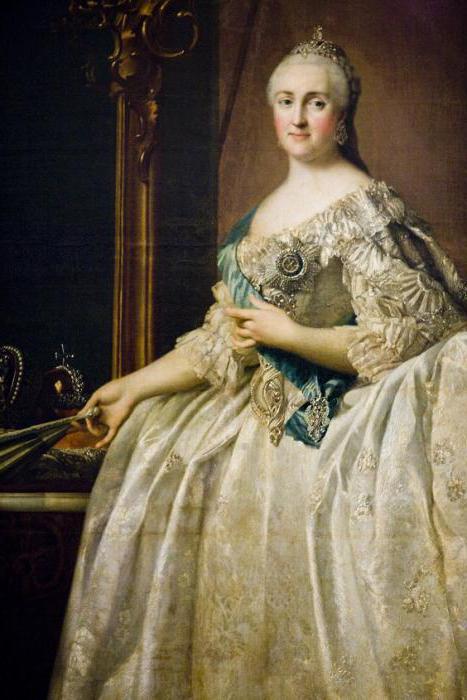
The importance of Catherine’s policy
The laws adopted during the reign of the Empress, for the most part, existed another century before the comprehensive reforms of Alexander II. Catherine’s transformations ensured the stability of the autocratic monarchy in Russia. The state has become more effective in coping with its own internal problems - taxation, beautification, and economic turmoil.
Although Catherine did not dare to abolish serfdom, until the end of her days she remained a supporter of civil liberties for the rest of the population of Russia.
